Sailing Southeast Asia aboard ultra-luxury cruise Seabourn Encore
Why deal with multiple airports, security queues and flight delays when you can spend 14 days getting from Hong Kong to Singapore this way instead. And it is far more relaxing.

Just on dawn, Seabourn Encore weaves through a maze of sheer limestone outcrops, topped by remnants of rainforest, in a truly majestic arrival by sea. In perfect postcards, these karsts in Halong Bay, in Vietnam’s north, rise under clear skies from turquoise waters, but today the scene is moody blue with rain and mist hanging low. It’s an atmospheric setting for a descending dragon, after which Halong is named. In fact there are almost 2000 dragon islands in the bay. By evening, the shapes seem backlit from buildings along the shore, enhancing their ghostly appeal.

Crew members nominate World Heritage-listed Halong Bay as one of their favourite ports for spectacle; as the Seabourn line’s voyages cover the globe, who am I to disagree? But hold on, we’re only one night out of Hong Kong on a 14-day cruise to Singapore and we’ve seen the best. Fear not, plenty lies ahead as the ship heads along the coasts of Vietnam, Cambodia and Thailand. And with ports of call punctuated by days at sea, there’s time to indulge in the luxuries that Seabourn Encore, with 500 passengers on board, has to offer, from fine dining and great entertainment to the under-appreciated chance to loll and do nothing.
If Halong Bay is a natural gem, a day excursion from there to Vietnam’s capital, Hanoi, gives an idea of what an energetic and enterprising society the country has become almost 50 years after the end of the war. Our coach makes good time along the 170km-long expressway to the city; from its outskirts we encounter swarms of motorcyclists seemingly heading for collisions but each with the unfathomable skill of negotiating a path through.

In a nation of 100 million, there are about 65 million registered motorbikes, seemingly many on this road right now. Some riders are off to work, others transporting kids to school or supplies home from the local equivalent of Bunnings, or various produce to markets.
Traffic lights to rationalise the flow? Not much observed. Says tour guide Thomas, the rule is “just go for it”. It’s mesmerising to watch from a coach window, not so enchanting for pedestrians.
What a contrast to find solitude within the walls of the Temple of Literature, built in 1070, dedicated to Confucius and Vietnam’s first university. Its courtyard and ponds have provided inspiration for centuries. Stelae (stone slabs), on turtle-shaped pedestals, record details of the best scholars from 1442-1779, a sign co-sponsored by the Australian government. Inside the temple, prepare for a profusion of gold and red in the symbols of devotion, fresh flowers aplenty, and a few students likely praying for good marks (or so we are told). In an alcove, a calligrapher talks on his mobile before resuming his ancient art.

If the fig and banyan trees at this temple have seen much, so too a sole almond tree at the grim Hoa Lo Prison built by the colonial French power to house Vietnamese rebels in what the nation calls its First Indochina War and then captured US pilots in the American War, who named their hellhole the Hanoi Hilton. The tree’s bark and leaves were used for medicinal purposes and its wood carved for pens, pipes and flutes.
In the Old Quarter, the streets are narrow and easier to navigate. At 87 Ma May Street, a traditional “tube house”, with shop in front and living quarters out back and upstairs, has been restored. Once an outlet for Chinese medicines, its most sacred place is an ancestors’ altar. The enterprise model of family (past and present) up top and shop below is still at the heart of the economy. On the 100km road journey from our next port, Da Nang, to the imperial city of Hue, we pass though rice fields and villages with countless family cafes, stores and, of course, motorbike sale and repair businesses. How they all survive is a miracle.
Hue, near the dividing line between the old North and South Vietnam, was hard-fought territory, particularly in the 1968 Tet Offensive, and it shows at the Royal Citadel, built by Emperor Gia Long in 1804. A UNESCO World Heritage site and under restoration, there is sufficient to give a fair clue of the opulence and decadence of court life.

If Hanoi and Da Nang have been pacey warm-ups, Ho Chi Minh City, still widely called Saigon, comes at the visitor full tilt. Excursion guide Dien says he arrived in the city 21 years ago to find a job and buy a motorbike. And so did almost 10 million others. Saigon’s appeal lies in its street life, bustling markets and night venues, and it is foodie heaven. You can’t put a foot wrong at a sidewalk food stall, it seems, though perched on a low stool with a wisp of a table is not always the most comfortable.
Seabourn Encore is docked on the Saigon River with views of the dynamic skyline and a short shuttle bus ride to central Ben Tanh Market. Dien’s Soul of Saigon tour gives a grounding in the city for private exploration later of places such as Reunification Hall, old Saigon Post Office and Notre Dame Cathedral. Dien notes the buzz around the People’s Court where the sensational trial of real estate tycoon Truong My Lan had started. Lan was charged with a $19bn bank fraud, which is about 3 per cent of national GDP; since found guilty, she has been jailed for life.
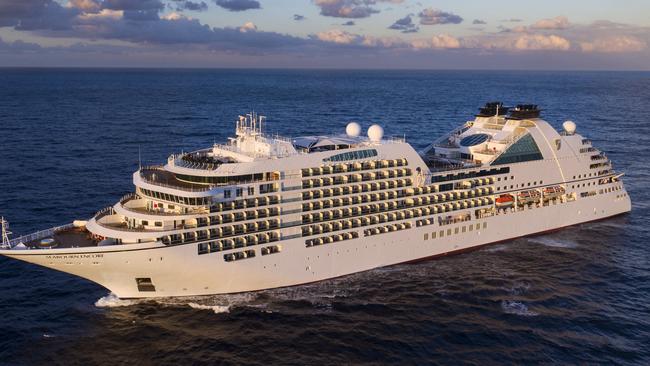
Veranda Suite 632 on Seabourn Encore – spacious, elegantly furnished and with the supreme luxury of a walk-in wardrobe, and a tub and shower – is feeling like home. I have an affinity with this vessel, attending its inauguration in Singapore in early 2017. I had the privilege of exploring the ship in the company of its designer Adam D. Tihany, the interior architect credited with putting the words “restaurant” and “designer” together after creating La Coupole in New York in 1982. Tihany was pleased that he got away with “evolution bordering on revolution” on the Seabourn project, moving away from light-wood Scandinavian to a look more Italian in style, which he calls sinuous and sexy. Think polished dark wood, shining metals, a glossy atrium spiral staircase and silver-framed mirrors and light fittings that reference Art Deco, but as Tihany says, “I have no one style”.

His latest design iteration is Solis restaurant, replacing the NYC-inspired The Grill by Thomas Keller, and now rolled out on Seabourn Encore and sister ships Ovation and Sojourn. Prepare for light and healthy Mediterranean fare created by master chef and Seabourn “culinary partner” Austrian-born Anton Egger.
Dining is a choice of delectable offerings. In the relaxed Colonnade or The Restaurant (slightly more formal with table service at every meal), expect menus with a combination of classic dishes and ones evocative of destinations.
Check out Sushi (also an Anton Egger triumph) for an authentic Japanese experience, or head poolside for burger-type offerings by day, renamed Earth & Ocean by night with a menu to match.
Fellow travellers, a mix of US citizens and Australians for the most part, are amiable and cruise-crazy so conversations are bright and easy. There are the day’s outings. I choose ones angled to history and culture, but others may have been in cooking classes or (for a fee) chauffeured on tailor-made tours.
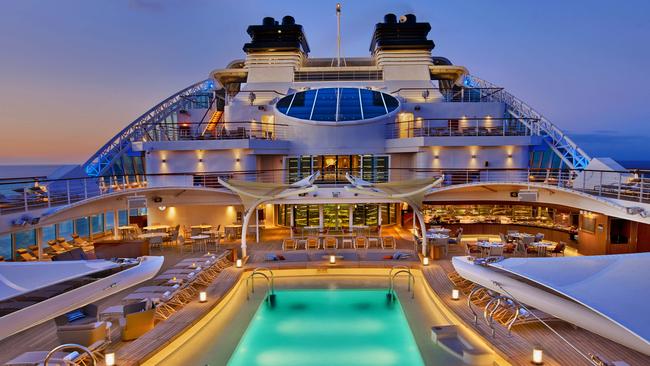
As a solo traveller I receive nightly invitations to join small groups hosted by Captain Andrew Pedder or his officers. Seasoned Seabourn guests (and there are many who have lost count of their number of cruises) pep up the talk. But some evenings a solo table suits fine and there is an enticing entertainment program to follow. Full marks to cruise director Chris Harley for getting on the road (on the sea) shows in the Grand Salon that feature resident musicians, singers and dancers and special guests, who include Ben Mills, colleague of Rod Stewart, and Dominic Ferris, musical director for Shirley Bassey.
Against this background of indulgence and enjoyment, there is one experience that brings me to a shock halt. In an excursion to Phnom Penh from the Cambodian port of Sihanoukville, we visit Tuol Sleng Genocide Museum.
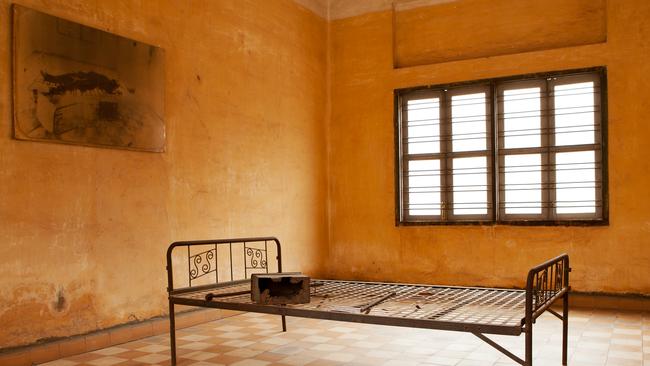
It was a high school converted to a security prison, S-21, in the years 1975-79 when Pol Pot set about recreating a “classless society” by eliminating all those associated with old ways, starting with the educated. Guide Darith says three million people died as a result of overwork, starvation, disease, plus torture and execution. S21 was the scene of unspeakable brutality. “We cannot forget but we can forgive,” Darith says. It takes a big soul.
We have more to come, including the Thai port of Laem Chabang, gateway to Bangkok. But as we head for Singapore I grow sentimental. I’ll miss early morning coffee in the Observation Lounge as we glide into a new port. Back home, I will have to cook, clean, make my bed. But I will most miss the sincere warmth and efficiency of the crew. Some are to stay with the ship during its upcoming refurb, others will take leave or be deployed to other vessels. It’s been one last joyful night of the Proms.
In the know
Seabourn Encore returns to Southeast Asia in early December for cruises similar to the one described. From about $12,200 a person, twin-share. Book by November 19 for early-bird fares. Next year, a 28-day Hong Kong to Kobe cruise via ports in Thailand, Cambodia, Vietnam and Taiwan departs Hong Kong on February 16; a 14-day Southeast Asia and Japan cruise from Singapore to Kobe departs March 2. Cruises are also on sale for 2026 departures, mostly ex Vancouver to the Alaska Fjords, Inside Passage and Glacier Bay
Dress code when visiting temples
The rules are simple. Shoes off, shoes on; modest attire; don’t trip over the entrance threshold. Once inside temples, splendour in sights, sounds and smells. Southeast Asia has many of these marvels, but like Europe’s palaces and cathedrals, sometimes it’s wise to go at a measured pace to avoid overload. Unmissable is the Grand Palace in Bangkok, home of the kings of Siam since 1782, with its Temple of the Emerald Buddha. After an adventure here, try lunch at Feast in the Royal Orchid Sheraton Hotel, with lashings of fab Thai food, and join a cruise on the Chao Phraya River from the adjacent wharf.
Graham Erbacher was a guest of Seabourn Cruise Line.
If you love to travel, sign up to our free weekly Travel + Luxury newsletter here.

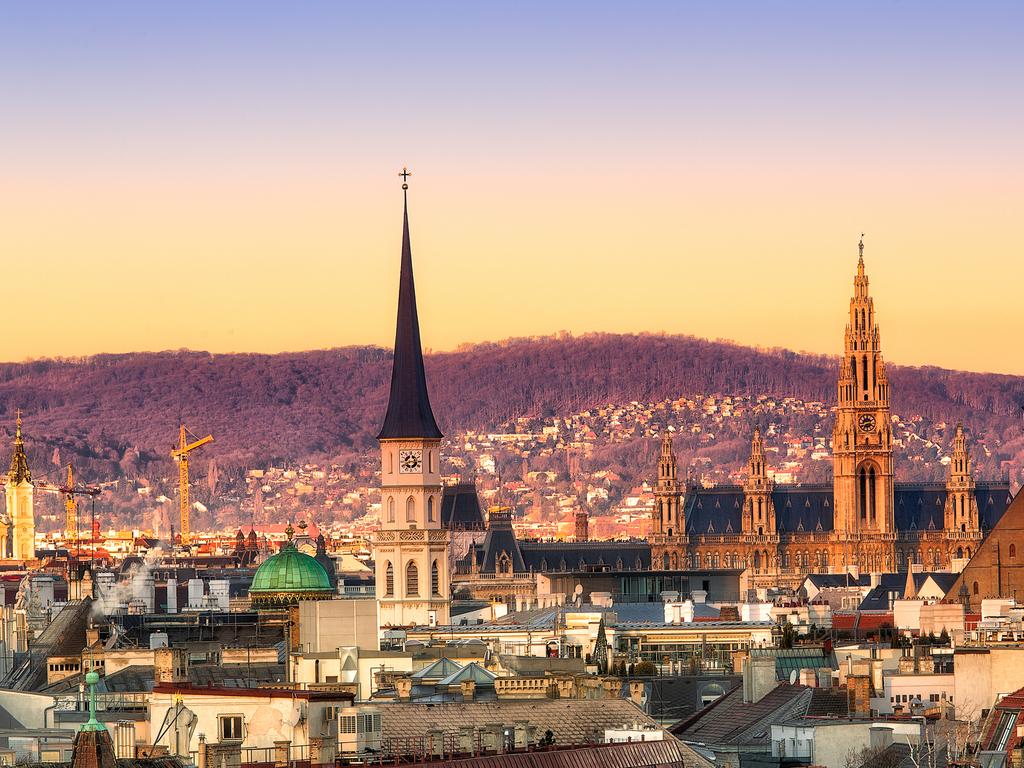
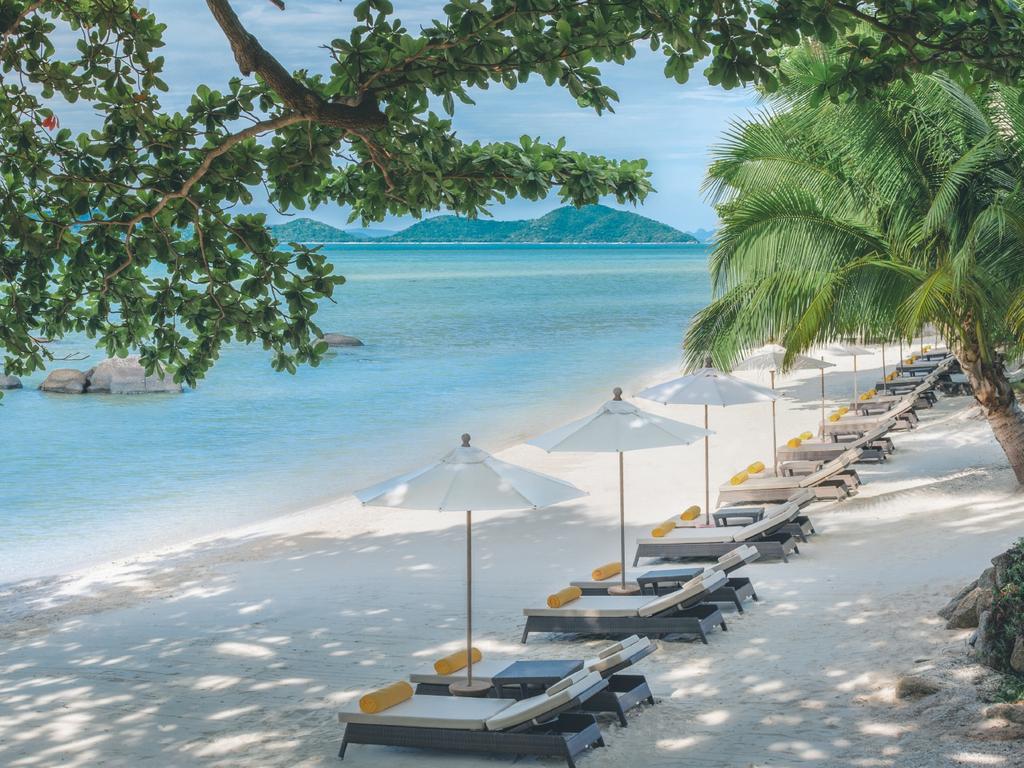
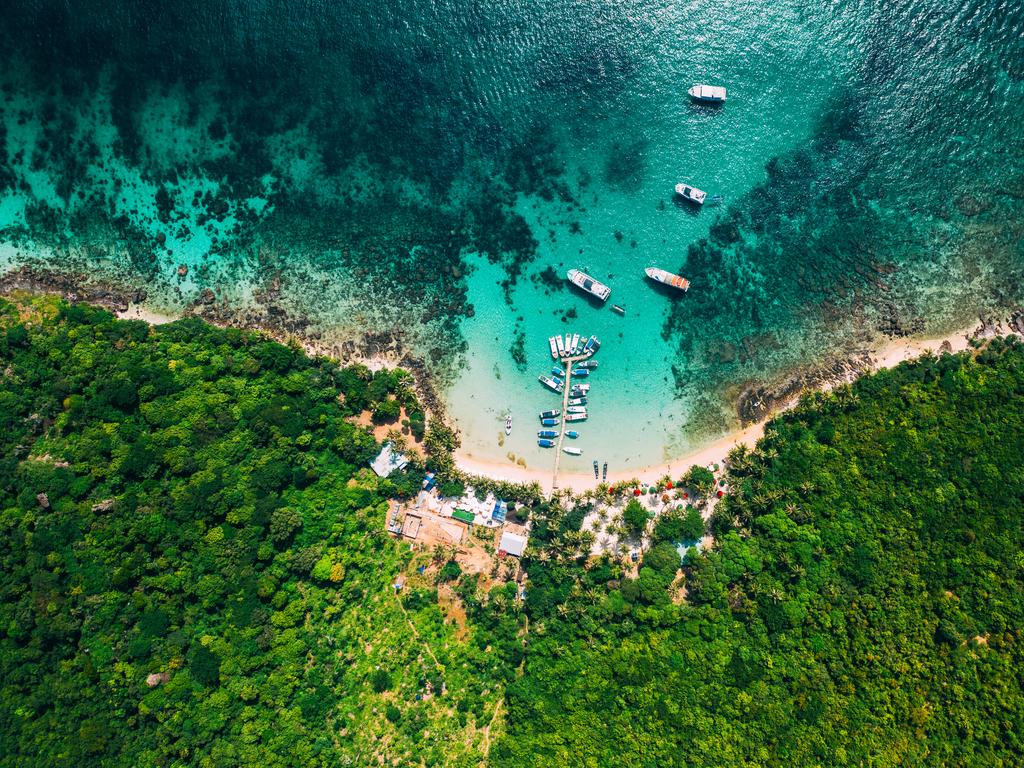
To join the conversation, please log in. Don't have an account? Register
Join the conversation, you are commenting as Logout